Rio Design Challenges Push Forward
Columbia students and faculty are pushing forward with innovative ideas designed especially for Rio de Janeiro.
With the Olympic kickoff on August 5th, the eyes of the world are trained on Rio de Janeiro — but a deep focus on the Brazilian metropolis is nothing new for Columbia Engineering. Thanks to two Rio-centered Design Challenges last year, Columbia students and faculty are pushing forward with innovative ideas designed especially for the city.
For Engineering graduate students Greg Kollmer, Aykut Aksit, and Troy Hodges, the design challenge sparked an idea they plan to carry through after graduation. Called Palmos, the team designed a wireless sensor network for early landslide detection in Rio’s favelas.
“In Rio you have these densely populated areas where people are building up slopes, and these are unplanned — the buildings are not really developed by professional engineers, so they can be pretty unstable,” Kollmer said. “So in any landslide caused by heavy rain, there was loss of life. We thought we could use accelerometers to detect vibrations and warn people earlier, so then they could get to more stable ground.”
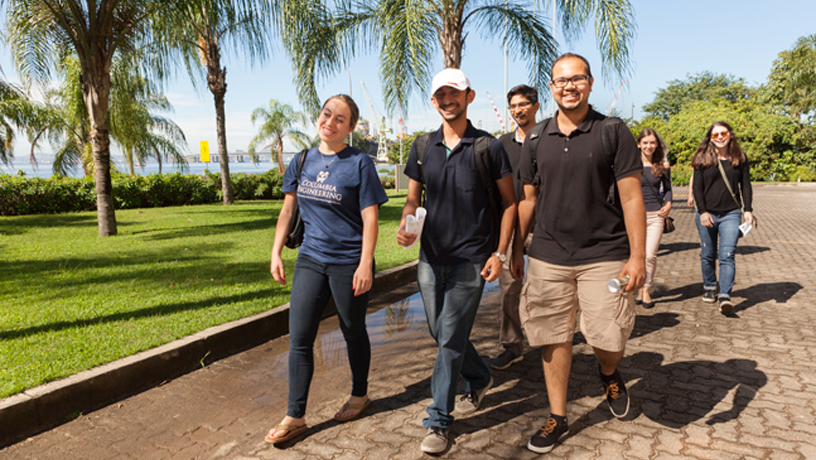
Click on the image to see students from Columbia and Federal University of Rio take on the city.
—Photos by Gabi Carrera
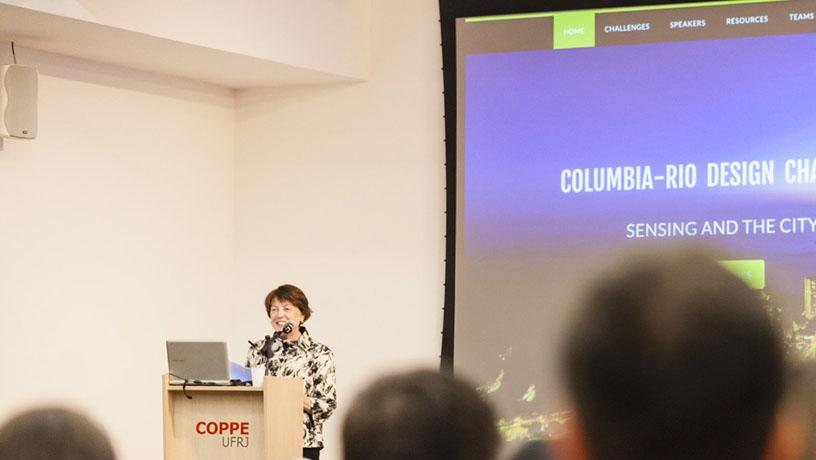
Dean Mary Boyce Opens the May 31st Columbia-Rio Design Challenge demo day at the engineering school at UFRJ
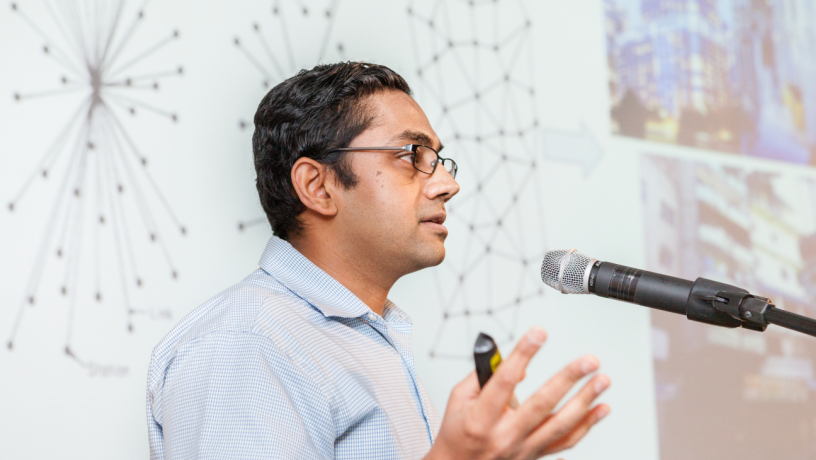
Prof. Kartik Chandran introduces the Urban Water Design Challenge
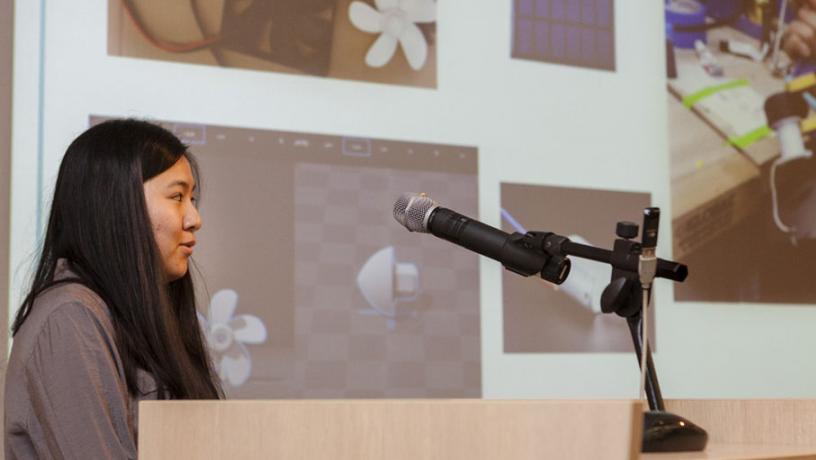
Ideas presented include a solar-powered propeller to agitate collected water to prevent mosquito breeding and advance detection of vibrations to prevent harm due to landslides

Low-power sensors to detect vibrations and use Twitter to send a message to authorities alerting them of imminent danger
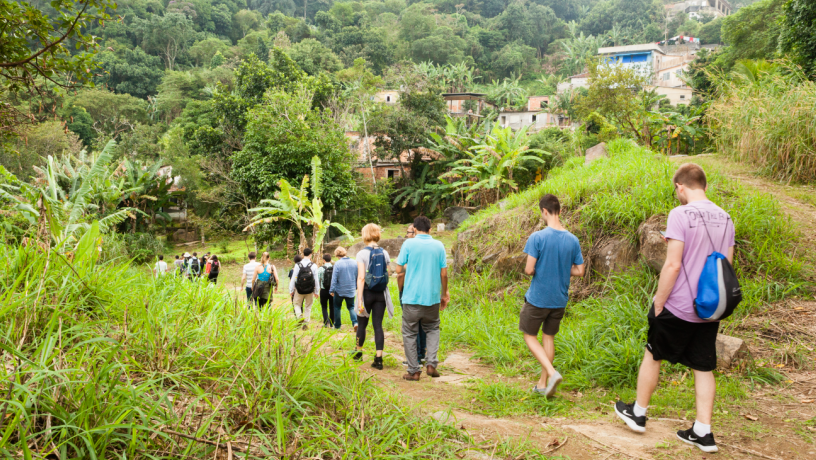
Field trip to the favela, Vale Encantado; One Rio team is working with the community to use a biodigestor to convert waste to biogas

UFRJ Prof. Isaac Volschan (far left) discusses research projects at the experimental wastewater treatment plant
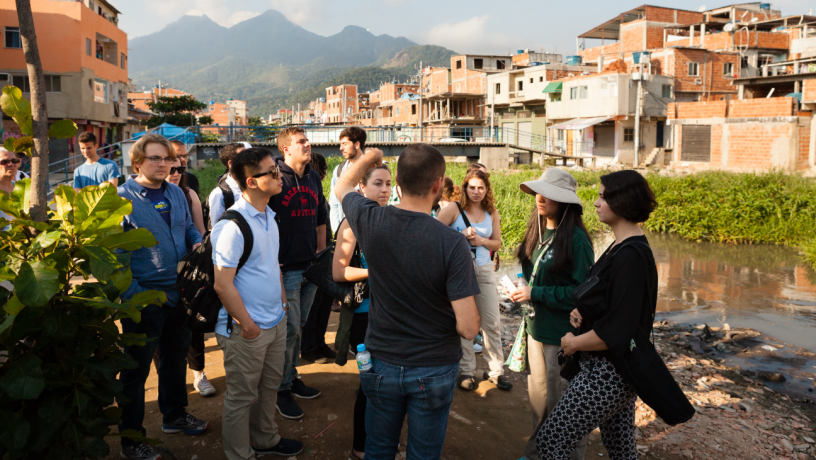
The director of Columbia’s Studio-X in Rio describes all of the assets of the Rio das Pedras favela community of 60,000 residents
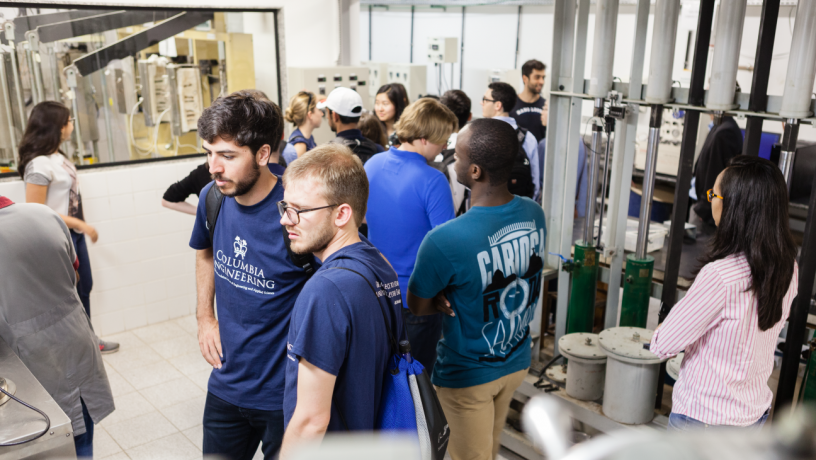
A visit to UFRJ labs
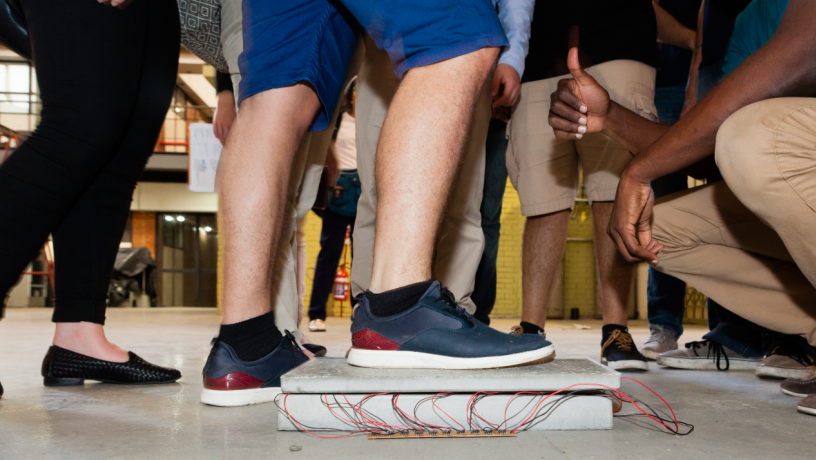
Harvesting energy from concrete to light bike paths
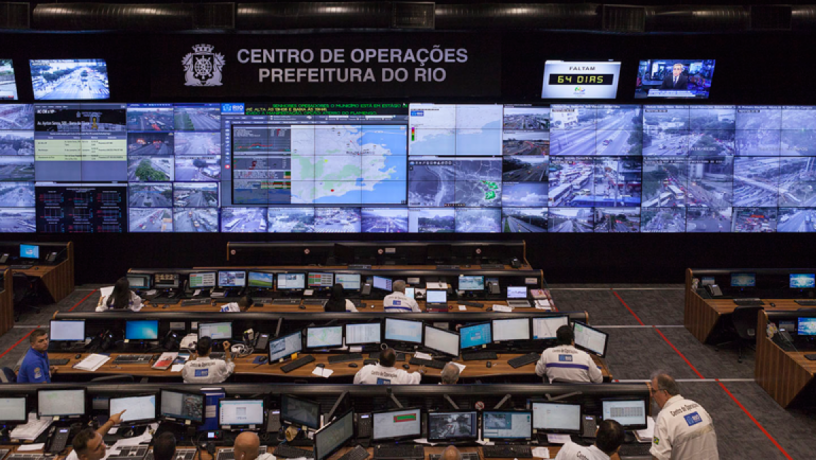
Rio’s Operations Center
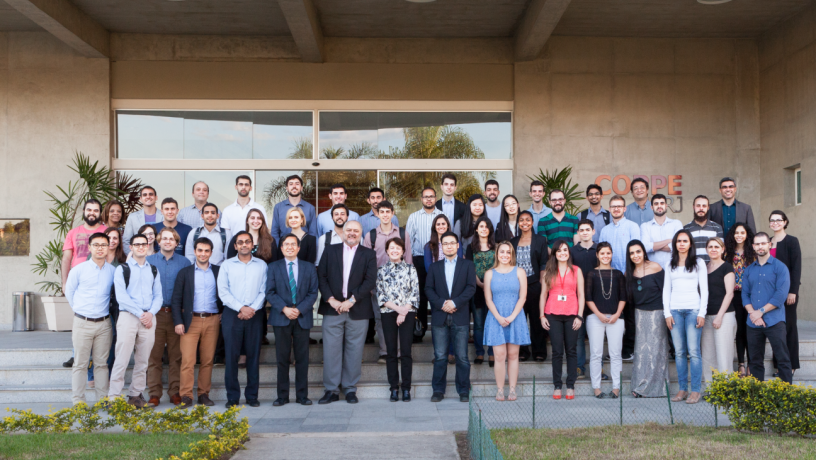
At demo day in Rio
By using low-power (the sensors remain dormant until they sense vibrations), wireless sensors that can be buried in the ground, the team has created a possible alternative to previous sensing efforts, whose above-ground units were compromised by animals, weather and more, and needed frequent battery changes, rendering them ineffective. And the technology takes advantage of Rio’s Operations Center, the citywide control center the mayor of Rio commissioned in 2010 after devastating floods and mudslides killed at least 249 people. The Operations Center uses data from cameras and sensors around the city to deploy needed services to address weather and other events affecting the city. After a successful test sending data to Twitter and a visit to Rio with other Design Challenge teams in May, Kollmer, Aksit, and Hodges are taking the funds they won through a SEAS Ignition Grant and planning a return visit to the city early next year for field testing and further visits with Rio government officials.
The success of the sensor team isn’t a fluke, according to Paula Anzer, director of strategic initiatives for the Engineering School.
“One of the things our student and faculty are passionate about is solving real-world problems and having a global impact,” she said. “Last year, we used the Design Challenges to bring together public, private, and university resources to address issues of importance in Rio.”
The project by Kollmer, Aksit, and Hodges was part of two design challenges initiated last year.
In the fall of 2015, in conjunction with the Columbia Global Center | Rio de Janeiro and Coppe/UFRJ, the engineering school at the Federal University of Rio (UFRJ), and several Columbia schools, SEAS launched the Urban Water Design Challenge, focusing student groups on any issue connected to water in the city. Earth and Environmental Engineering Professor Kartik Chandran, whose expertise in resource recovery and reengineering wastewater treatment won him a MacArthur grant, championed the water challenge. The second challenge, called “Sensing in the City,” and led by Electrical Engineering Assistant Professor Fred Jiang, kicked off in the spring, and is devoted to different ways of using wireless sensing technology in the Rio environment.
Both challenges started with a design kickoff meeting, where policy experts, Columbia faculty, and researchers gave presentations on Rio-specific challenges and areas where technology and policy solutions could be of use. The next day, teams pitched their best ideas and the selected groups received mentorship to develop their plans further.
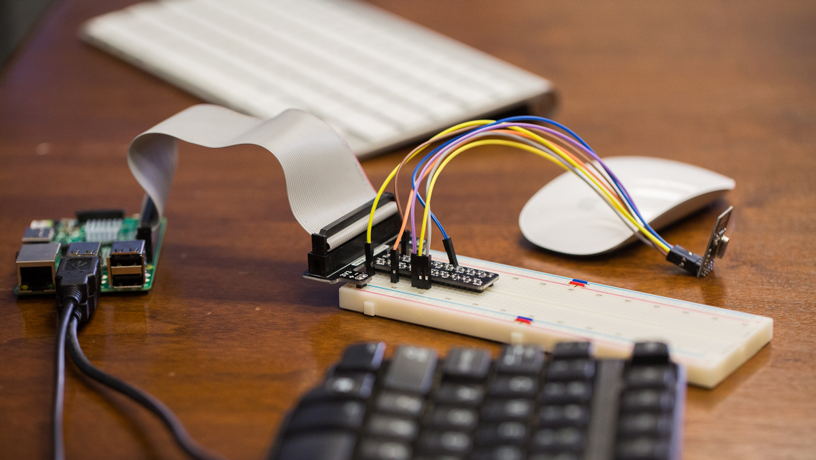
A wireless sensor like this one could help detect landslides before they happen.
—Photo by Timothy Lee Photographers
In May, 22 student representatives from the selected teams—six from the water challenge, and four, including Hodges, Aksit and Kollmer’s, from the sensing challenge—traveled to Rio accompanied by Dean Mary C. Boyce, Senior Executive Vice Dean Shih-Fu Chang, Vice Dean Barclay Morrison, and SEAS faculty and staff. They toured the Operations Center, the UFRJ campus and saw firsthand water and living conditions in Rio das Pedras and Vale Encantado, two of the city’s favelas.
Anzer said the teams brought an impressive array of solutions to the table.
“Students were doing this in their spare time, and it’s a huge amount of work,” she said. “But they really wanted to learn about the challenges in Rio and how engineering, in collaboration with other disciplines, could have a big impact. It’s amazing what they’ve put into it.”
Seeing the city firsthand, Kollmer said, has motivated the team to keep developing their project this semester and after graduation.
“I think there’s an extraordinary opportunity out there for this,” he said.
Prof. Kartik Chandran engineers bacteria to transform waste into resources
